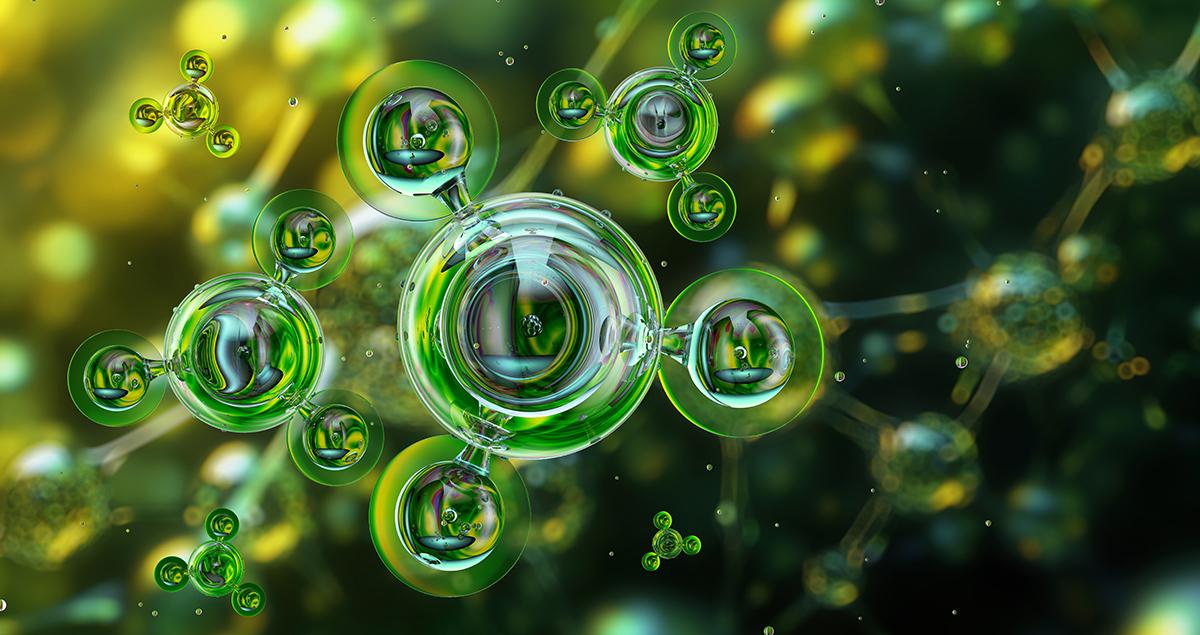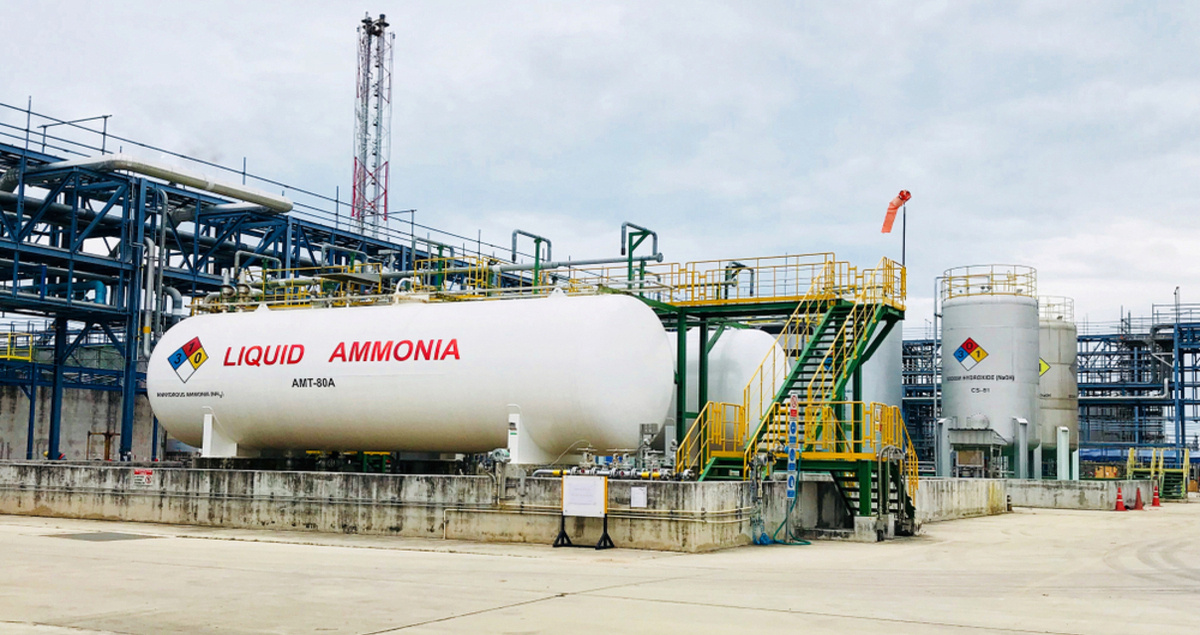Ammonia: Cracking hydrogen’s transport challenge

This article was originally published in November 2023
Hydrogen continues to attract attention as an alternative fuel. It emits no CO2 when combusted, so could help decarbonize large parts of the economy. But there is one potential roadblock on this journey — transporting hydrogen is notoriously challenging.
Ammonia — a chemical compound composed of one nitrogen atom and three hydrogen atoms — is a promising solution.
Used as a hydrogen carrier, it enables safe shipping and storage of large volumes of hydrogen over long distances.
The key to this is the “cracking” technology used to extract the hydrogen component once the ammonia reaches its destination.
Why hydrogen is hard to transport
While natural geological sites like salt caverns can be used for local hydrogen storage, the fuel’s potential starring role in the global energy transition depends on finding efficient ways to transport it — often over long distances — from production site to off-taker.
But this presents a challenge. Hydrogen is a gas at room temperature and has low volumetric energy density, so it can take up a lot of space compared to other fuels, making transportation inefficient.
Hydrogen can be compressed to boost its energy density, but very high pressures are needed to achieve relatively minor gains. And, while liquefying hydrogen more than doubles its density, this process is both inefficient and costly — liquefaction typically consumes almost a third of hydrogen’s energy content.
However, transporting hydrogen using a carrier such as ammonia or methanol — which have multiple hydrogen atoms — allows much greater volumes to be moved relative to the tank size.

Ammonia: A solution to hydrogen’s transportation challenge
Ammonia is emerging ahead of methanol as the frontrunner for transporting hydrogen, because it has a much higher density as a carrier.
As a key component in fertilizer production, ammonia also has an established global supply chain with safe bulk shipping and storage standards. Tried-and-tested leak prevention practices are an advantage, given ammonia’s high toxicity, while its high ignition temperature makes ammonia safe to transport and store.
In its pure gas form, ammonia can be liquefied easily at room temperature using extremely low pressure, facilitating high-volume transport.
Upon arrival at its destination, the ammonia must undergo a “cracking” process to separate the hydrogen from the nitrogen.
Once the hydrogen is released from its ammonia carrier, the gas can be transported using existing natural gas pipelines that are adaptable to carrying hydrogen. It can then be used as a raw material in industrial processes or as an alternative fuel to help decarbonize heavy transport systems like trucks, trains, shipping or aviation.

Ammonia to hydrogen: A cracking effort
Cracking technology is increasingly being explored and tested around the globe.
A study by the Port of Rotterdam found it is technically and economically feasible to safely convert ammonia into around 1 million tonnes of hydrogen annually at the port using a large-scale cracker.
As part of efforts to expand the use of hydrogen and ammonia, Mitsubishi Heavy Industries (MHI) Group has partnered with Nippon Shokubai to develop an optimal ammonia cracking system that could enable the use of hydrogen through the transportation of high volumes of ammonia.
Hydrogen from the new cracking system would be available for use as an emissions-free fuel and a raw material.
MHI is also working to develop a system that purifies hydrogen after ammonia cracking. It expects the technology to help establish a hydrogen and ammonia supply chain that enables a significant reduction in production costs.
Cracking technology is a crucial part of efforts to establish a supply chain for using ammonia as a hydrogen carrier, and is gaining traction. Several pilot projects are underway in Europe and, in Japan. MHI has recently started operating a pilot plant for ammonia cracking at its Nagasaki R&D center.
Solutions like this could prove a valuable tool in establishing a global hydrogen network to help decarbonize supply chains.
Discover more about Ammonia’s role in the Energy Transition





